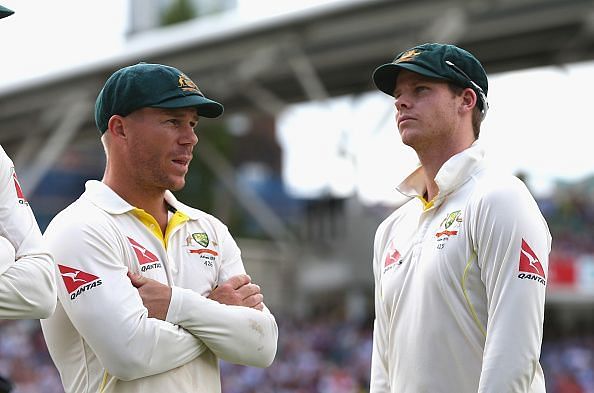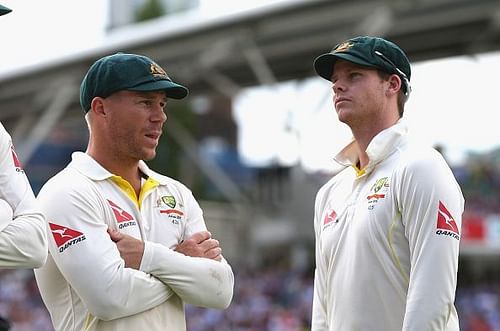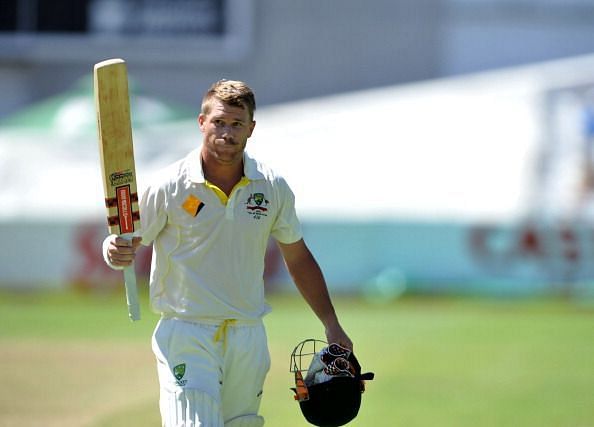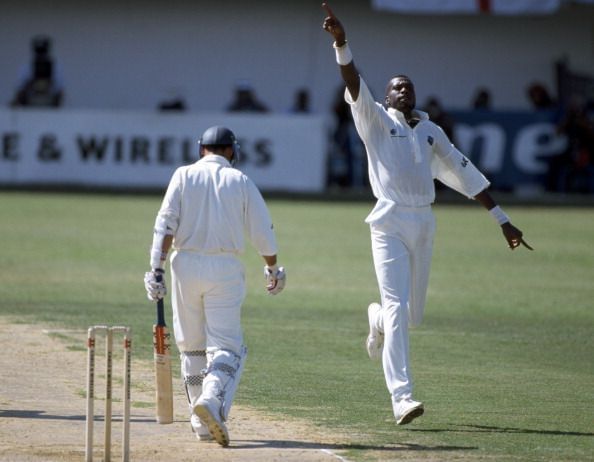
Whose line is it anyway - Who owns the line of conduct in cricket?

Cricket can be a most trying sport. It is a tremendously popular summer game in about a dozen countries, where its professionalisation rivals that of any other sport, but has been only moderately successful in spreading its wings elsewhere. It is the only game played in three formats, and each format competes with the others for eyeballs, money and general patronage.
Uniquely, for a team game, it accentuates, elevates and celebrates the individual’s prowess; and, for the most part, pits a relentless ball-slinger against a skilled willow-wielder. Increasingly, however, it seems partial to the chap with the bat in hand, and bowlers, though blessed with many chances as opposed to a batsman’s proverbially single one, are becoming human bowling machines, against broad bats, short boundaries and blink-and-you-will-miss it changes in fielding regulations.
Then, there is the never-ending debate on the elephant at the threshold of the room, commonly known as the spirit of cricket. Everyone though seems to agree where the line of conduct on a cricket field must be drawn—to disagree.
The line of right conduct
The recent fracas (or not-so-recent one, what with the IPL clouding cricketing consciousness) involving David Warner and Quinton de Kock is certainly not the first, and quite unlikely to be the last, to get out of hand. Warner hopped over the line first, suggested De Kock and the South African contingent; De Kock crossed it earlier, said Warner and the Australians: the word of one against the word of another, and all that.
What is clear is that the Warner-De Kock incident is yet another case of gamesmanship gone ugly. Forefingers have emerged and, as they are wont to do, point to those at the other end.
Exactly what was said and who said what are incidental in the overall scheme of things; so is the phrase ‘heat of the moment’ often called in to support all manner of mouthing off and all kinds of boorish on-field behaviour. The problem has to do with an objective administration of the behavioral boundary line, rather than the subjective recognition or positioning of it.

If one goes by the guidebook, the captain of a cricket team is responsible for ensuring fair play and, by extension, right conduct on (and perhaps off) the field. It is an indictment of the age though that one cannot charge too many cricket captains of today with the responsibility of playing within the line.
Moreover, given that ‘sledging’ is a strategy designed to unsettle an opponent these days; it is naïve to pretend that a captain is not in on the whispers around the stumps.
Even if a captain is not a fan of such whispers, it is doubtful whether he can, or should, be held accountable for the behaviour of the other ten members in the team, especially when he has on-field strategies and off-field press conferences to think about.

Give the line to the match officials
The most logical thing to do therefore would be to hand over the ‘line’ of right conduct to those who run a cricket match – the match referee and the umpires. It is arguable that match officials are anyway responsible for, inter alia, overseeing players’ behaviour, but without clarity on what oversight exactly means in this context, their responsibility does not amount to much.
For starters, the match referee should carry a set of guidelines (if not rules) – the task of drafting which may be given to a committee comprising former and current players and officials who are noted for their commitment to keeping the game ‘clean’– as to the sort of behaviour that counts as unacceptable: insulting a player based on their colour, race, religion, gender, or battles with mental health issues may, for example, be viewed as objectionable. A player’s family should also be off-limits when it comes to on-field 'banter'.
Such guidelines alone are not enough, however. Television broadcasters should be obliged to share, without partisanship, any and all footages which might show whether a player has crossed the line or not. Stump microphones must remain switched on as long as players are on the field, for to switch them off would be to invite verbal naughtiness from those who might otherwise check themselves.
Where deviant on-field behaviour is clear-cut umpires should be empowered to sanction immediate penalties – like sending a bowler off the field, barring a batsman from batting till a few wickets are down, or disallowing a fielder to take up sensitive positions. Such actions, because they can affect the outcome of an ongoing game, should prompt players to be on guard as far as their behaviour is concerned.
Desperate times, desperate measures
Some of the measures suggested to regulate player behaviour might seem outrageous, but desperate times demand desperate measures. Like most competitive sports, cricket has suffered from an image problem for a while now, and it is time to deal with it in the clearest terms possible.
Of course, in an ideal cricketing world, the only voices one would hear, besides the engaging conversation between the bat and the ball, are those of spectators applauding a shot or a wicket and of bored slip fielders talking about their plans for dinner.
Since such a world has long since passed into the annals of myth or history, alas, cricket’s stakeholders can only aim to make the game less nasty around the ears.

It is a noble aim, for it would tell the kid on the street that great cricketers are remembered for the wickets they take, the runs they make, and not for the expletives they generously shower on their opponents (or, for that matter, their own).
After all, Curtly Ambrose spoke to no man but his deliveries from Mount Olympus surely did; and not one of Sachin Tendulkar’s several thousand international runs came from his mouth.
*The title of this post is part of a quote from the South African head coach, Ottis Gibson.